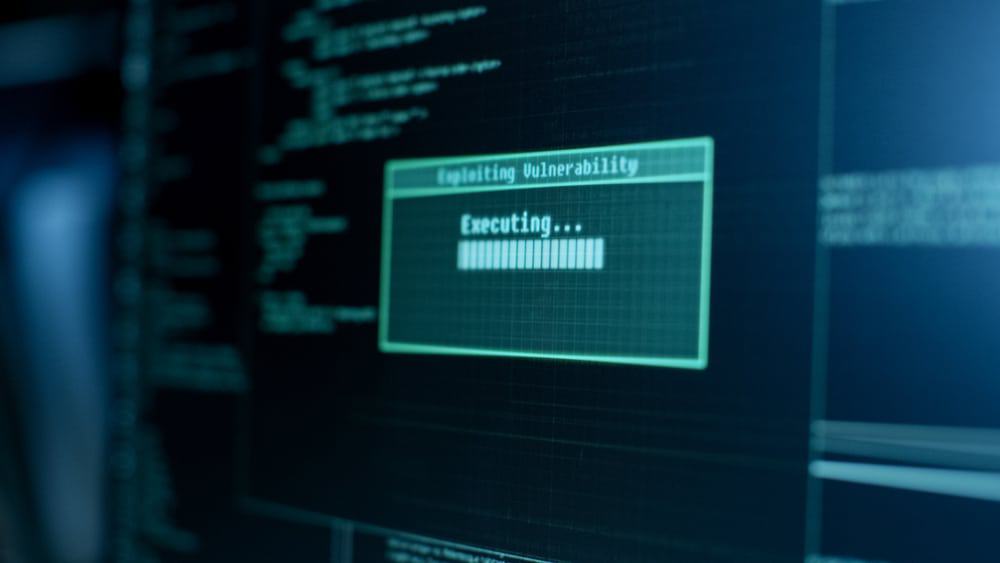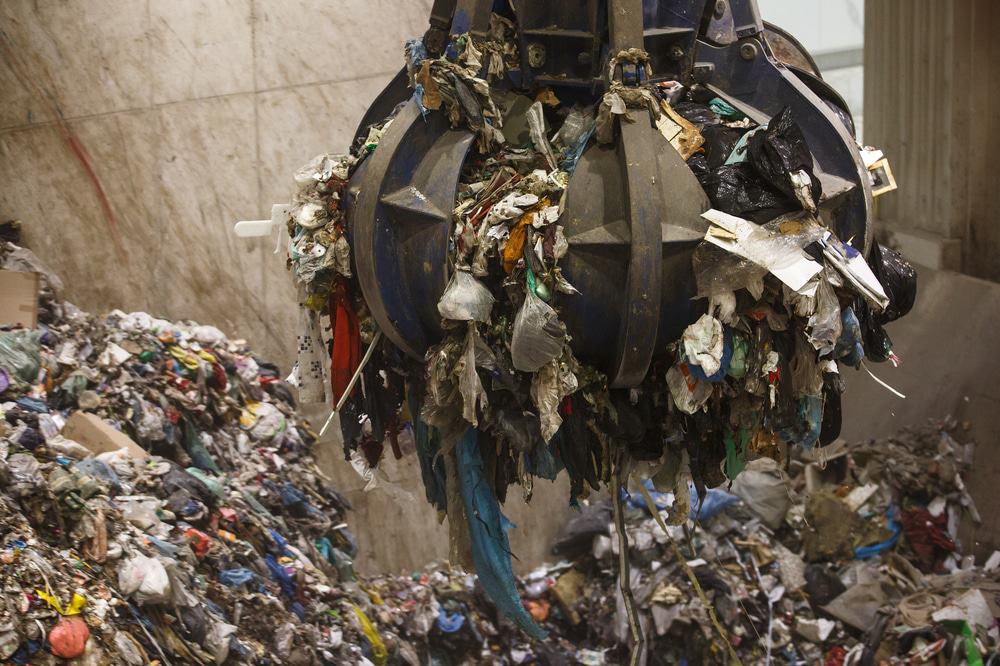It was recently announced that as of 1 July 2019, Victoria’s laws on e-waste management will be completely reformed. The upgrade will see at least one e-waste disposal point within a 20-minute drive of 98% of Victorians. But, more importantly, fines will be applied for disposing of e-waste in general landfill.
So naturally, there’s plenty you need to know before these laws come into effect. Even if you’re not located in Victoria, these or similar laws will certainly be enforced throughout Australia in the near future.
What is e-waste?
e-Waste is simply any electronic product that has moved beyond its useful life. This could include:
- Computers
- Fridges, washing machines, and other household appliances
- TV screens and monitors
- Video game equipment
- Mobile phones
- USB drives, and other data storage equipment
- Printers
- Plenty more.
Products deemed as e-waste share a few common traits. Firstly, they almost always contained information at some point in their lives – information that most would want completely destroyed before it was disposed of.
Secondly, plenty of e-waste products contain materials that can poison the environment. Chemicals such as lead, mercury, arsenic, antimony trioxide and more are often found in everyday electronic devices. Each of these materials serve a vital and safe role during the product’s useful life, but when disposed in landfill, these substances can spread into the local ecosystem. And scarily, e-waste recycling is far rarer than it should be.
Only 3% of batteries are recovered in Australia – the rest meet their end in landfill.
What are the main objectives of the government’s e-waste plan?
The key aim of the reform is to reduce e-waste’s strain on the environment. e-waste is regarded as the fastest-growing division of waste, and shows no signs of slowing down. By capturing wasted e-materials, jobs can be created in sourcing specific materials (such as copper, steel, gold and plenty more). These materials can be recycled into an array of products including new batteries, all the while benefiting the Australian economy. Additionally, repurposing e-waste is another environmentally sustainable solution.
The government is investing over $16 million toward the changes. Specifically, $15 million is dedicated to upgrade local e-waste collection facilities and infrastructure, and $1.4 million is going to properly informing the population of what e-waste is, and what changes will be occurring.
What happens if I don’t recycle my e-waste?
The specific changes of the reform are due to be released in July 2018. Until then, it’s not known exactly how severe and restrictive the laws regarding e-waste disposal will be. But even before the laws are enacted, there are risks to disposing of e-waste in landfill.

Currently, the biggest risk of not recycling e-waste is a dangerous data leak.
Primarily, the safety of your data can’t be guaranteed. Any device containing data that’s not properly destroyed can have data recovered, which can have serious consequences. Old resumes, banking information, personal details and whatever might have been stored on your devices can easily be recovered. Only complete data destruction guarantees the security of your data. Complete peace of mind is ensured by partnering with a certified destruction provider who also deems environmental sustainability as essential.
What’s the future of Australian e-waste?
The future is really what the past should have always been. Destroying data and recycling or repurposing your e-waste is not only the most sensible way to go, it’s the most environmentally friendly.
For a secure, privacy act compliant and environmentally sustainable end of life to your e-waste, Shred-X offers the most highly-regarded recycling service in the industry. Find out more about Shred-X’s e-Waste Recycling services, or speak with a member of our team today.

